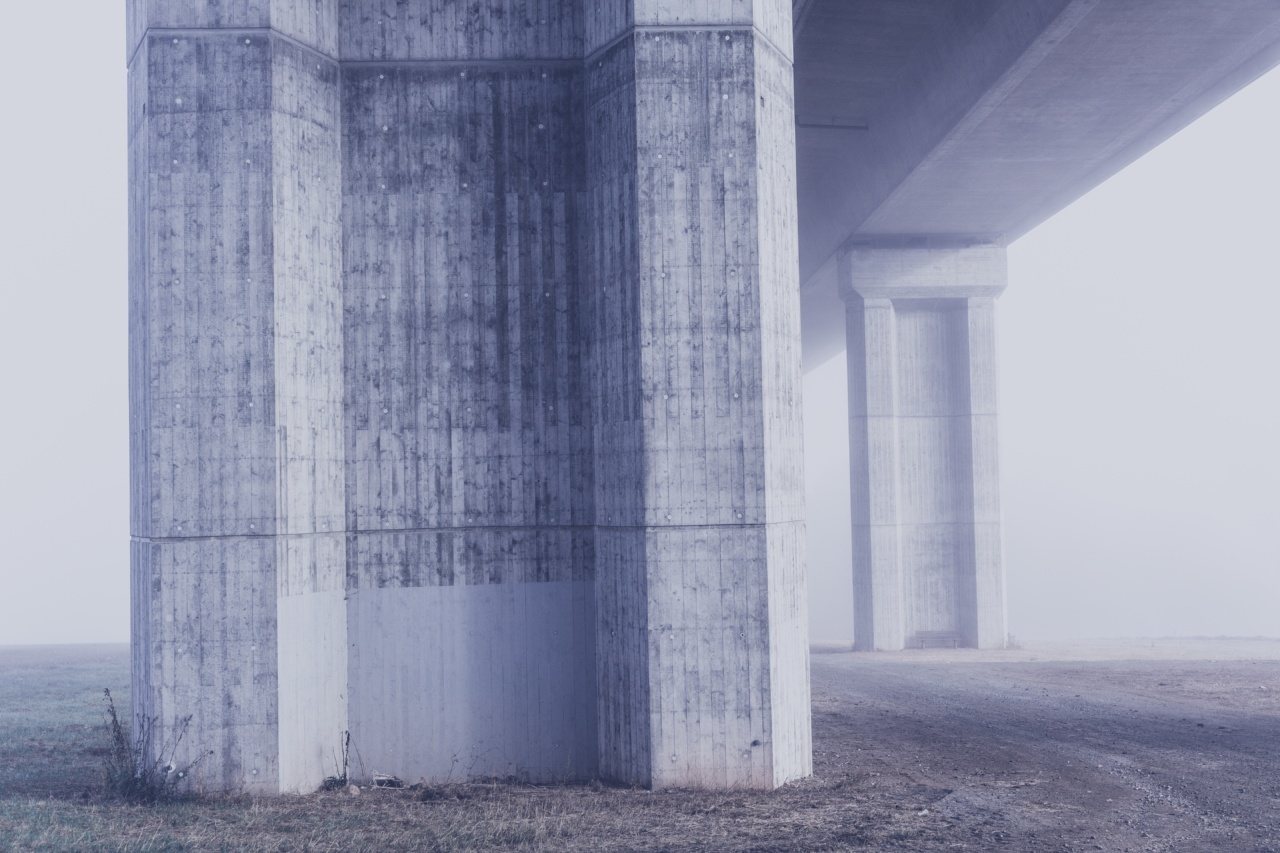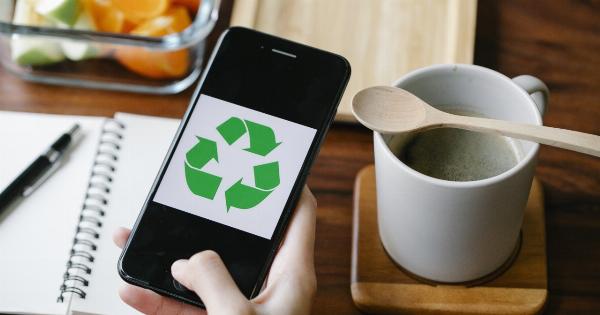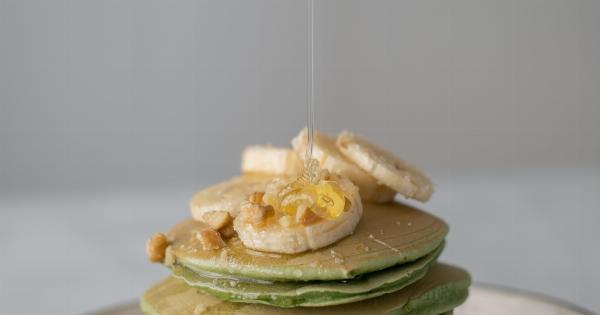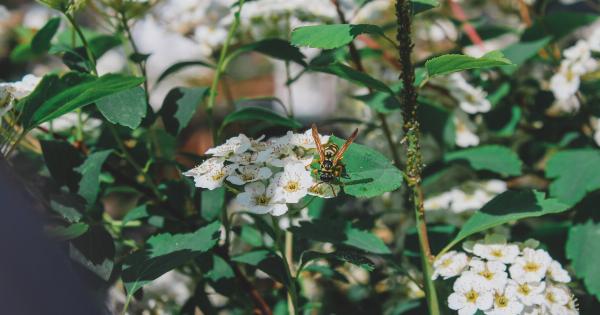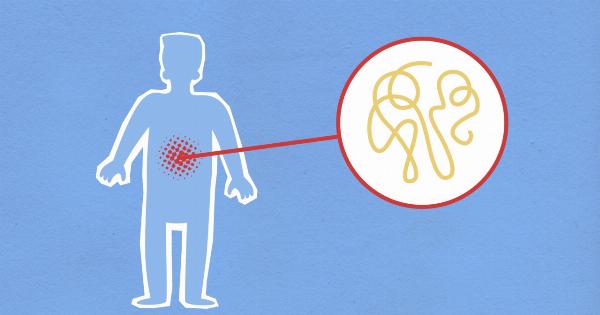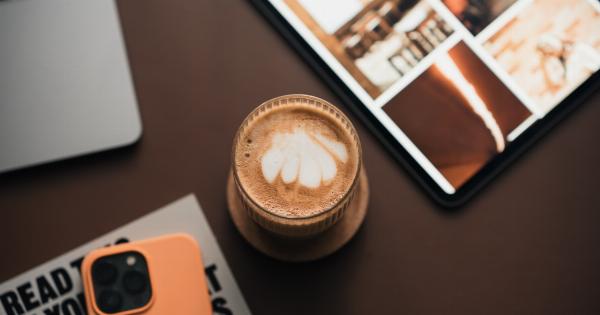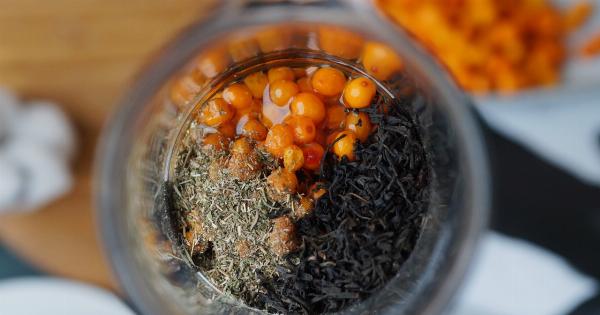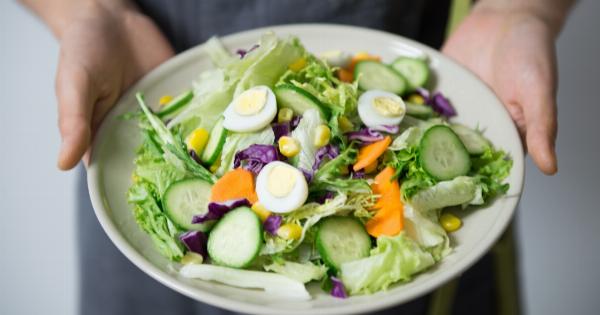As coffee enthusiasts, we all love the energizing effects of caffeine, but sometimes the high pressure it creates can lead to unpleasant side effects like anxiety, jitters, and restlessness.
Fortunately, there are several ways to lower your coffee’s high pressure without sacrificing its rich flavor and aroma.
1. Choose Low-Acid Coffees
High-acid coffees can increase the acidity in your stomach, which can lead to heartburn, indigestion, and other digestive issues. To avoid these problems, opt for low-acid coffees that have a more balanced pH level.
These coffees are typically less bitter and have a smoother taste, making them a great choice for those who want to enjoy coffee without the high pressure.
2. Try Decaf Coffee
If you’re sensitive to caffeine but still enjoy the taste of coffee, consider trying decaf coffee. Decaf coffee has most of the flavor and aroma of regular coffee, but with much less caffeine.
This can help you avoid the high pressure associated with caffeine, while still enjoying the familiar taste of your favorite brew.
3. Use a Coarse Grind
The size of your coffee grounds can also affect the pressure of your coffee. Using a coarse grind can reduce the pressure by slowing down the brewing process.
This allows the water to extract the coffee’s flavor more slowly, resulting in a less intense coffee that won’t cause as much pressure.
4. Choose the Right Brewing Method
The brewing method you choose can also affect the pressure of your coffee. French press and pour-over methods typically produce a more mellow coffee than espresso or drip brewing.
If you’re looking for a low-pressure coffee, consider these methods instead of the more intense options.
5. Add Milk or Cream
Milk and cream can help to neutralize the acidity in your coffee, which can reduce the pressure associated with it. They also add a creamy texture and a sweet flavor that can make your coffee more enjoyable.
If you’re looking for a low-pressure coffee, try adding a splash of your favorite milk or cream to your cup.
6. Drink Plenty of Water
Caffeine can be dehydrating, which can lead to an increase in blood pressure. To counteract this effect, it’s important to drink plenty of water throughout the day.
This helps to keep your body hydrated and can reduce the overall pressure associated with coffee consumption.
7. Monitor Your Caffeine Intake
If you’re experiencing high pressure from coffee, it’s important to monitor your caffeine intake. Consider reducing the amount of coffee you drink each day or switching to a lower-caffeine alternative like tea.
This can help you to avoid the negative side effects of caffeine without giving up your favorite beverage entirely.
8. Take Breaks Between Cups
Drinking too much coffee at once can increase the pressure in your body and make you feel jittery or restless. To avoid this, try taking breaks between cups of coffee.
This allows your body to process the caffeine more slowly and can reduce the overall pressure associated with coffee consumption.
9. Avoid Artificial Sweeteners
Artificial sweeteners like aspartame and saccharin can increase blood pressure and have other negative health effects.
If you’re looking for a low-pressure coffee, avoid using these sweeteners and opt for natural sweeteners like honey or stevia instead.
10. Consider Herbal Alternatives
If you’re looking for a low-pressure alternative to coffee, consider herbal teas like chamomile, peppermint, or rooibos.
These teas are naturally caffeine-free and can provide a relaxing, soothing effect without the high pressure associated with coffee consumption.
